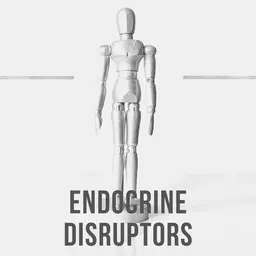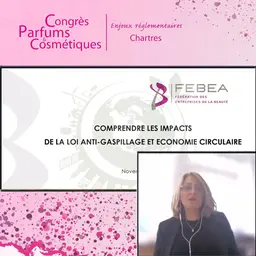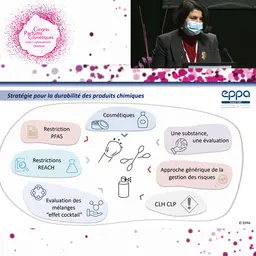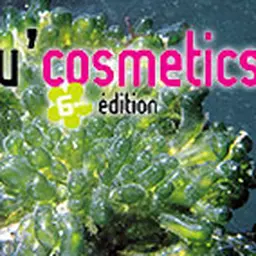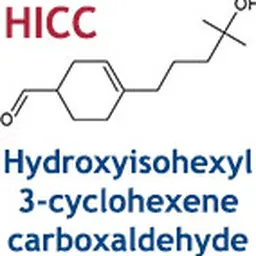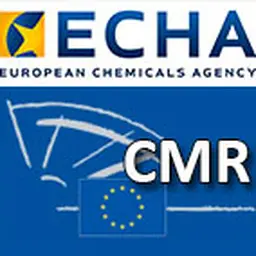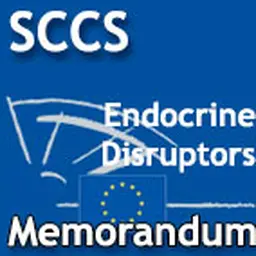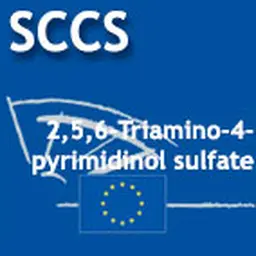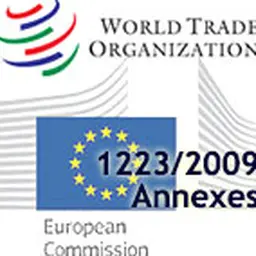
Substances and ingredients, including in cosmetics, with endocrine disrupting properties are currently in the line of fire of several regulatory changes, in France and in Europe. During the Cosmetic Valley Perfumes & Cosmetics Congress held in early December 2021, Françoise Audebert, FEBEA’s Scientific and Regulatory Advisor, gave a comprehensive overview of this context and the challenges it represents for the cosmetics industry.
The current regulatory context
The definition
Today, the commonly accepted definition of endocrine disruptors (EDs) is that of the WHO: “An endocrine disruptor is a substance or mixture of substances that alters the functions of the endocrine system and thereby induces adverse health effects in an intact organism, its progeny or (sub)populations.”
This definition takes into account three important criteria:
• The endocrine mechanism of action
• The adverse effect
• The causal link between the two, which must have biological plausibility
In addition to these three criteria, a large number of regulations (pesticides, biocides, medical devices, water quality, materials intended to come into contact with foodstuffs, etc.) have already included specific provisions in their texts.
Those that directly concern the cosmetics sector to date are found in the REACH Regulation and the Cosmetics Regulation.
Endocrine disruptors in REACH
Under the REACH Regulation, endocrine disruptors can be classified as SVHCs (substances of very high concern) in the same way as other categories of hazardous chemicals such as CMRs (carcinogenic, mutagenic, reprotoxic) or PBTs (persistent, bioaccumulative and toxic). The main consequence is that a substance classified as SVHC may no longer be allowed to be produced or used in the EU …

